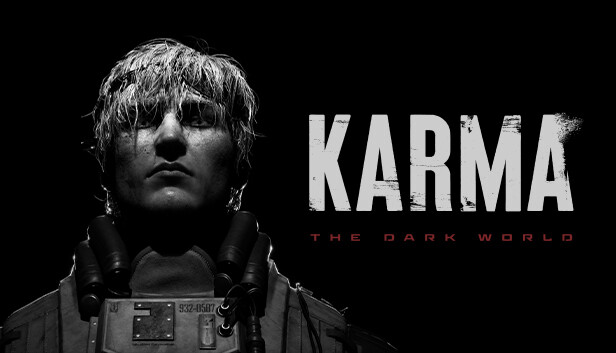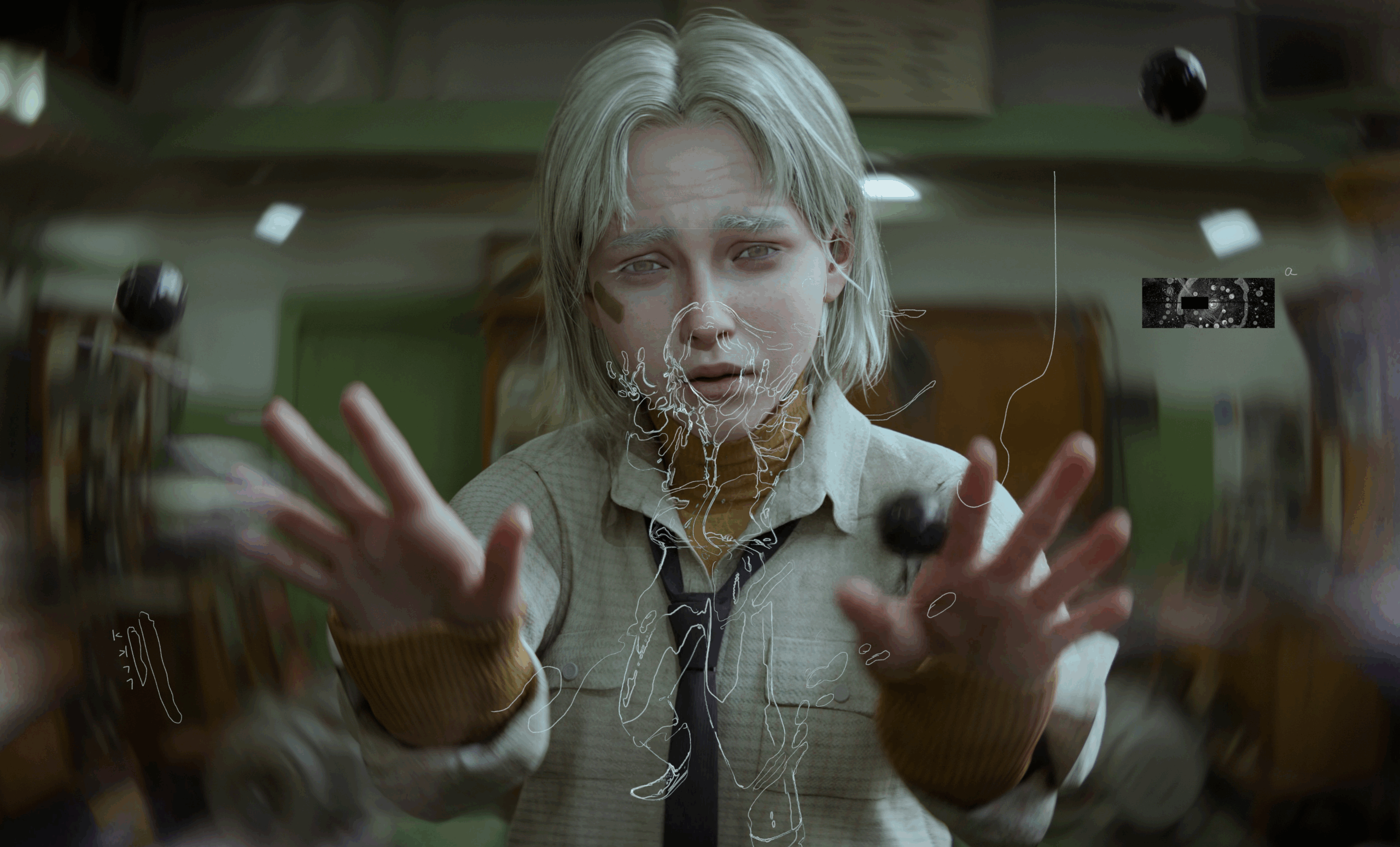KARMA: The Dark World Review

When the Game Becomes a Lucid Nightmare: KARMA The Dark World Plays with Your Mind
Some games scare you. Some amaze you. And others leave a deep mark inside. But it’s very rare to find a game that flips your mind completely, making you wonder: are you playing the game… or is the game playing you? From the very first second, KARMA: The Dark World pulls you into a dream — or a nightmare — or maybe a hallucination. It’s crafted with a cinematic and visual language that clearly echoes David Lynch’s work, mixed with the dystopian vibes of George Orwell’s 1984, but with its own dark identity.

The game is developed by the indie team Pollard Studio from Shanghai and published by Wired Productions. It’s their first real release, and that’s obvious in their ambitious artistic vision. The game dives deep into themes like control, surveillance, and identity loss, all inside a bleak, industrial world built using Unreal Engine 5.
So… is KARMA: The Dark World worth your time? Are its mystery, darkness, and slow pacing part of its charm? Or are they just obstacles? Let’s find out.

Story
You play as Daniel McGovern, agent 8490, working for the “Thought Bureau”, which belongs to a powerful organization called Leviathan Corporation. Imagine not living in a country… but inside a company that controls everything. It feeds you. Thinks for you. Rules you. The AI called “Mother” manages everything — from surveillance to shaping each citizen’s personality.
Your job is to use a device called Braindive to break into the minds of people who don’t fit the system and search their memories — not in a crime scene, but in their own brains.

Your first mission is to investigate a researcher named Shan Mendez, accused of stealing data. But once you enter his mind, things feel off. Memories are disorganized, symbols are strange, and the people you see feel like nightmares, not past moments.
Even worse, your mind starts to mix with theirs. You start to question: are these his thoughts or mine? This game doesn’t give easy answers. It opens more and more doors to deeper doubt.
The story becomes darker over time. You feel like you’re sinking deeper and deeper without ever touching the ground. It’s clearly inspired by 1984, Inception, and Fight Club — pushing you to doubt everything… even yourself.

Gameplay
It’s a first-person experience, but not action or survival. This is pure psychological horror — more of a “walking simulator”, where your brain works harder than your fingers.
You explore, solve puzzles, and use the Braindive to enter other people’s minds. Each mind is a separate world, with different physics, environments, and twisted rules. Once I entered a brain and found myself in an old house that looked like a painting from hell. Another time, I was in endless office corridors with surveillance screens watching each other!

The game truly shines with its symbolism. Every place tells a story. Every color means something. Every corner holds a message. Sometimes a “monster” appears — a distorted creature that chases you during specific scenes. These moments shift the game from psychological horror to actual panic, especially since your run speed is painfully slow. I often felt like I was running in sand — it added to the tension but sometimes killed the scene’s impact.
Puzzles are smart and context-based. One needed me to use clues from hanging pictures. Another had me listening to audio to find a secret code. There are also memory puzzle boxes for completionists.
Biggest issue? Sometimes you don’t know where to go next. That confusion is part of the “lost mind” theme, but a few areas needed clearer direction.

Graphics
Unreal Engine 5 is used here not to impress, but to disturb. The world looks realistic, yes — but in an uncomfortable way: floating wires, repeating broken tiles, purple-red lighting for no reason.

Lighting isn’t just decoration — it speaks. Entering a room, light is the first thing that makes you feel unsafe. In one scene, a fluorescent light blinked above me every half second. I felt like I was going insane — and that was the point.

Characters move awkwardly and feel unnatural — but that’s intentional. They aren’t real people. They are distorted mental projections, and the design shows it clearly.
Final Score
8/10
KARMA: The Dark World isn’t for everyone. It doesn’t offer traditional horror or action. This is a slow, symbolic, psychological ride — with moments of silence that turn into suffocating fear without a single scream. If you love exploring broken worlds, diving into twisted minds, and decoding hidden symbols and dialogues, then this is your next favorite game. But if you’re looking for fast combat or excitement — this game is definitely not for you.

